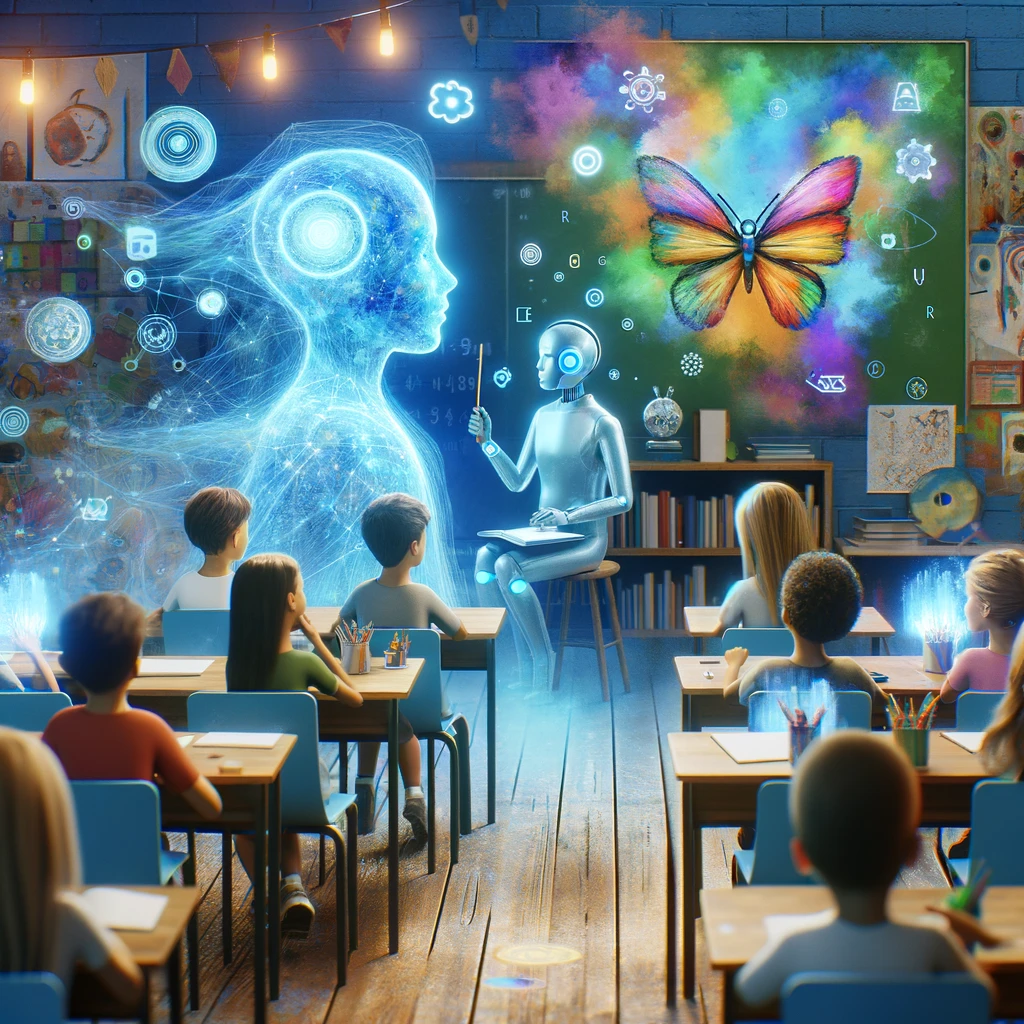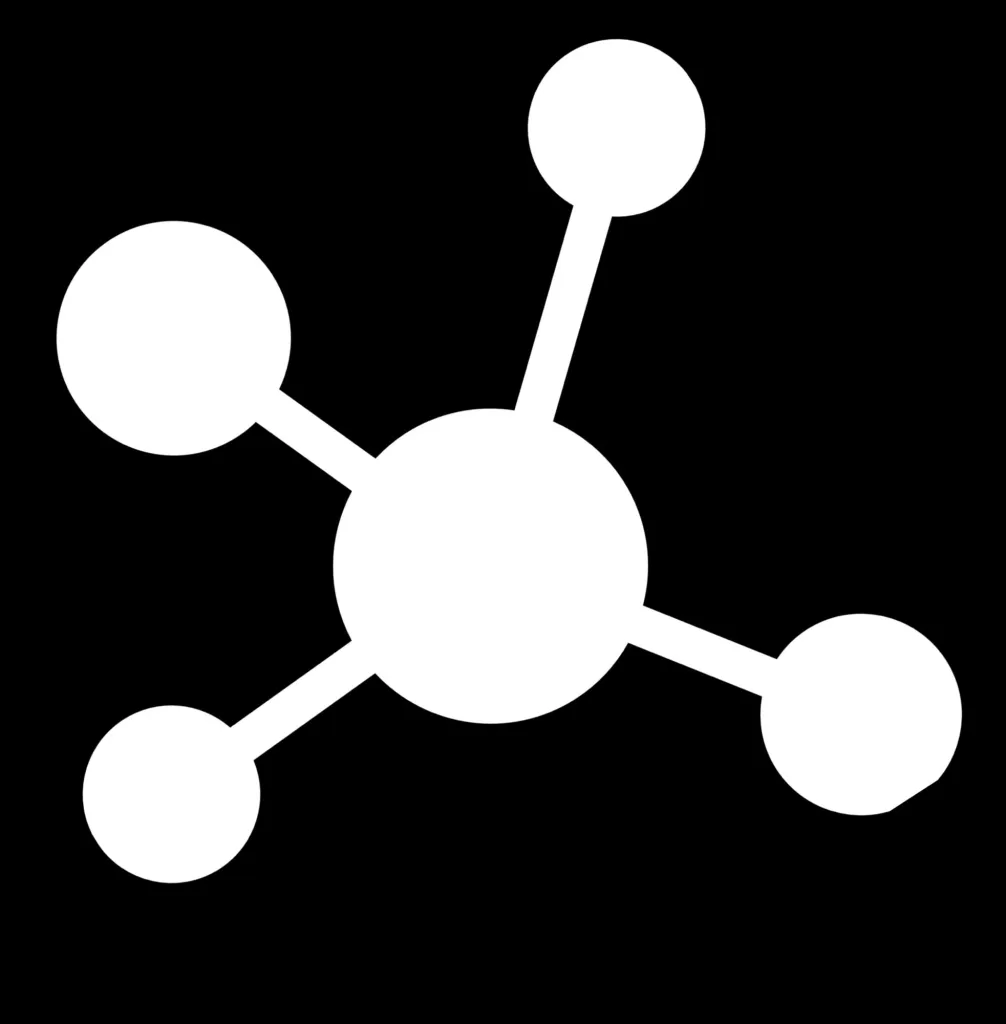
In the rapidly evolving landscape of artificial intelligence, ChatGPT emerges as a groundbreaking development, offering unparalleled capabilities in generating human-like text responses. Developed by OpenAI, ChatGPT is a variant of the GPT (Generative Pre-trained Transformer) models, designed to understand and generate text based on the prompts it receives. This starter guide aims to equip you with the basic knowledge and skills to effectively interact with ChatGPT, enhancing your productivity, creativity, and learning.
Accessing ChatGPT
ChatGPT is accessible through various platforms, including OpenAI’s official interface and other websites or applications that integrate its API. To begin, navigate to a platform hosting ChatGPT, such as chat.openai.com, and locate the input field, typically prominent on the page (You may need to create an account first).

Fundamentals of Interaction
Initiating Conversation
Interacting with ChatGPT is akin to texting; you type a prompt, and it responds. Start by entering a greeting or directly posing your question or request.
Structuring Your Prompts
Clear and concise prompts elicit the best responses. Ambiguity may lead to unexpected results, so clarity is paramount.
Example:
- Vague: “Tell me something.”
- Specific: “Explain how blockchain technology works.”
Providing Context
For complex inquiries or continued conversation, context is key. You can either include it within your initial prompt or build it up with follow-up messages.
Example:
- Initial Prompt: “I’m writing an article about renewable energy sources. Can you explain how solar panels work?”
- Follow-Up: “How do they compare to wind turbines in terms of efficiency?”

Advanced Interactions
Detailed Inquiries
When seeking in-depth information, your questions should be detailed. ChatGPT’s ability to process and generate comprehensive content will be significantly enhanced by the specificity of your request.
Example:
- Prompt: “Describe the process of photosynthesis in detail, including the light-dependent and light-independent reactions.”
Creative Generation
ChatGPT shines in creative tasks. Whether you’re looking for storytelling, poetry, or conceptual ideas, providing a creative brief can lead to inspiring outputs.
Example:
- Prompt: “Write a short story about a time-traveling historian who visits ancient Rome.”
Learning and Tutoring
ChatGPT can serve as an educational tool. Whether learning a new language, understanding complex theories, or solving mathematical problems, it can offer explanations and tutorials.
Example:
- Prompt: “Explain the concept of Schrödinger’s cat in quantum mechanics.”
Technical Assistance
For coding and technical queries, including error messages or coding concepts, ChatGPT can provide explanations, code snippets, or debugging tips.
Example:
- Prompt: “Why am I getting a ‘list index out of range’ error in Python, and how can I fix it?”
Multilingual Capabilities
ChatGPT supports multiple languages, allowing for interactions not just in English. This feature is particularly useful for language learning or translation tasks.
Example:
- Prompt: “How do you say ‘It’s a beautiful day’ in French?”

Tips for Effective Communication
- Precision: The accuracy of ChatGPT’s responses correlates directly with the precision of your prompts.
- Iteration: Don’t hesitate to refine or rephrase your prompts based on the responses you receive.
- Feedback Loop: Utilize follow-up questions to narrow down or expand on the information provided.
- Ethical Use: Employ ChatGPT responsibly, acknowledging its limitations and avoiding reliance on it for critical decisions without further verification.
Practical Examples and Scenarios
Research Assistance
- User: “What are the latest advancements in renewable energy technologies?”
- ChatGPT: Provides a summary of recent developments, possibly including solar cell innovations, wind turbine efficiency improvements, and new sustainable materials.
Business Planning
- User: “Create a business plan outline for a startup focused on eco-friendly packaging.”
- ChatGPT: Generates an outline covering executive summary, market analysis, product description, marketing strategy, operational plan, and financial projections.
Personal Development
- User: “Suggest a learning path for becoming proficient in machine learning.”
- ChatGPT: Outlines a step-by-step guide, including foundational mathematics, programming skills, key machine learning concepts, and resources for advanced study.
Creative Writing
- User: “Generate a poem about the ocean and the moon’s influence on tides.”
- ChatGPT: Crafts a poem that explores the relationship between the ocean’s tides and the lunar cycle, incorporating imagery and themes of nature’s interconnectedness.
Culinary Exploration
- User: “I have chicken, rice, and broccoli. What recipe can I make with these ingredients?”
- ChatGPT: Suggests a recipe, such as a chicken and broccoli stir-fry with rice, including steps and seasoning recommendations.

Troubleshooting Common Issues
- Misunderstandings: If ChatGPT misinterprets your prompt, clarify your request or provide additional context.
- Complex Requests: Break down complex queries into smaller, manageable questions.
- Ethical Considerations: Be aware of the model’s limitations in understanding moral nuances and apply human judgment.
Conclusion
Mastering interaction with ChatGPT can significantly enhance your efficiency, creativity, and learning processes. By following the guidelines outlined in this starter guide, you can leverage the full potential of this powerful AI tool. Remember, the effectiveness of ChatGPT is largely dependent on the quality of the input it receives. As you become more familiar with its capabilities and limitations, you’ll be better equipped to utilize this technology to its fullest extent, unlocking a world of possibilities across various domains of interest.
| DISCLOSURE: This page contains affiliate links. If you click on a product or service, and decide to purchase it, I may receive a commission at no additional cost to you. |

Cutting-Edge Artificial Intelligence with ChatGPT4
OpenAI is a leading artificial intelligence research lab known for its cutting-edge advancements in AI technology. Among its numerous innovations, ChatGPT-4 stands out as a highly sophisticated language model designed to understand and generate human-like text based on the input it receives. This powerful tool can assist with a wide range of tasks, from composing emails and writing articles to answering questions and generating creative content.

Leave a Reply